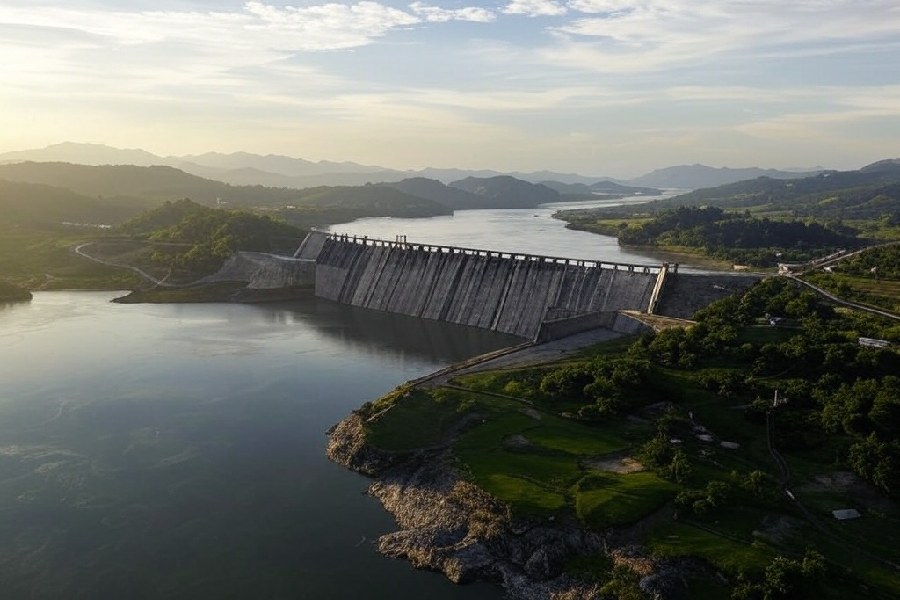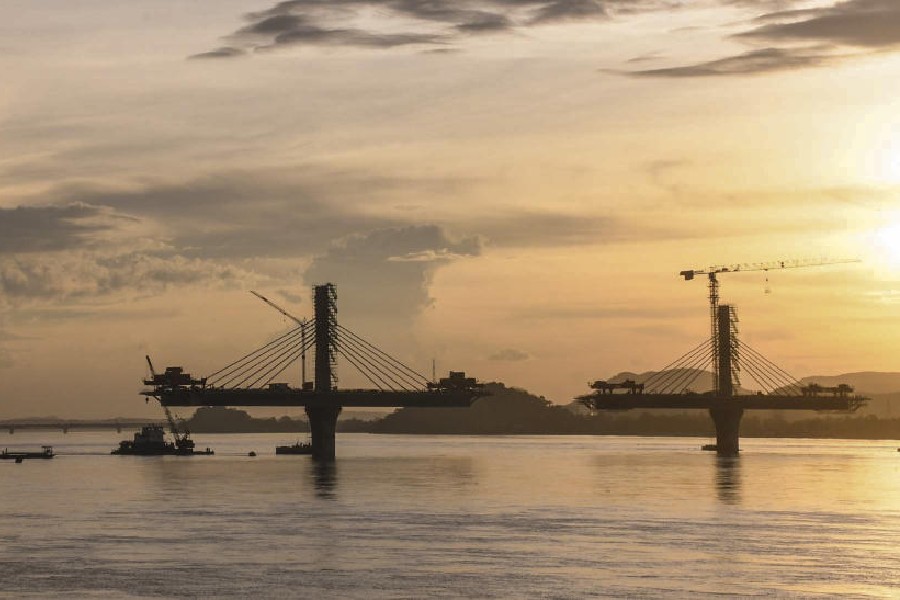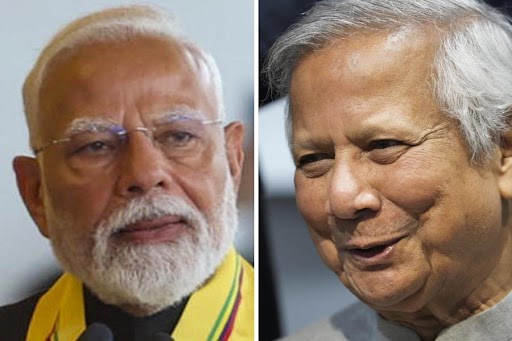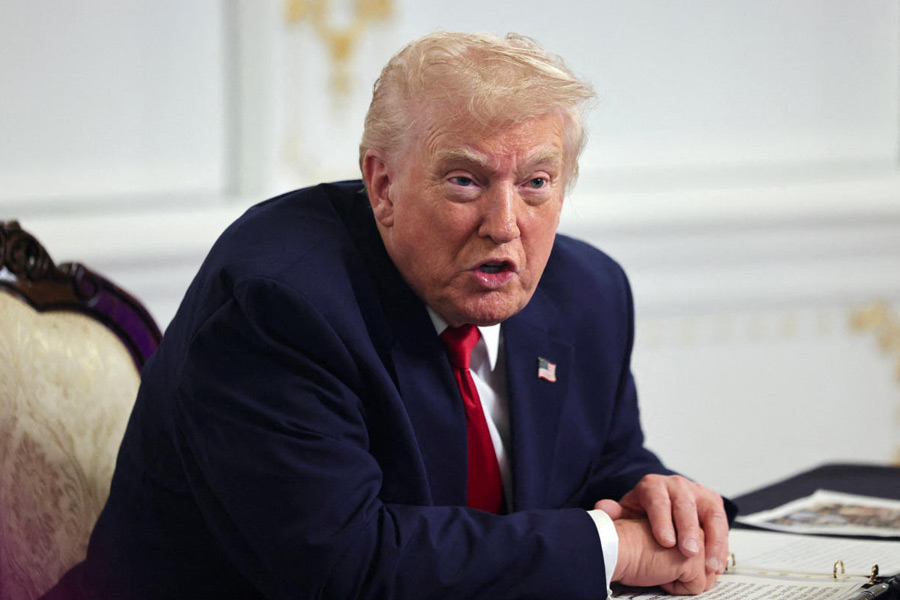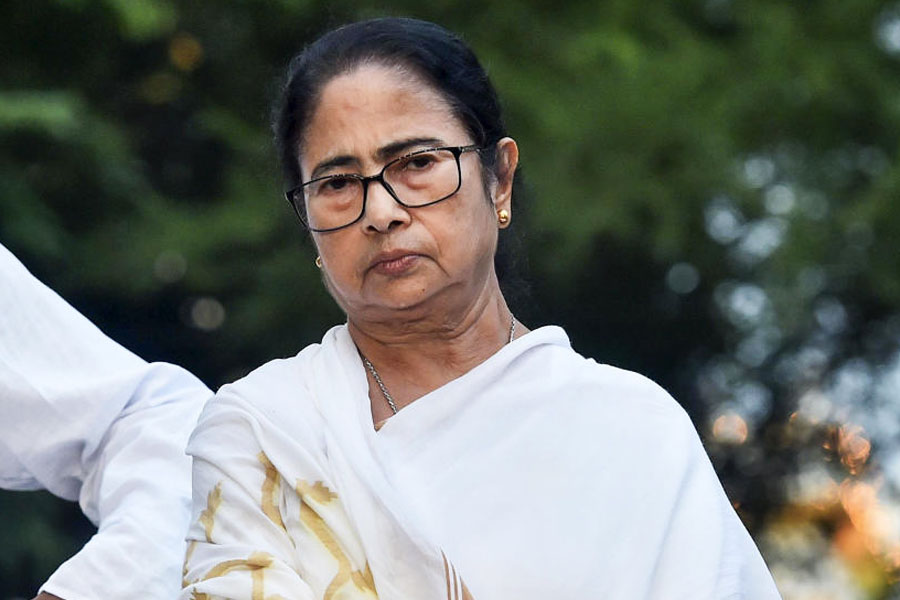Bangladesh has requested detailed technical information from China regarding the impact of the Medog hydropower dam that is being planned by the country on the Brahmaputra River in Tibet.
Officials from Dhaka’s Ministry of Water Resources confirmed that a letter was sent last month seeking four key documents: an environmental impact assessment, feasibility study, climate impact assessment, and disaster impact assessment.
Beijing has yet to respond.
Bangladesh relies on the Brahmaputra for 55 per cent of its irrigation needs.
China’s plan to construct the world’s largest hydropower dam has raised serious concerns in both India and Bangladesh, given both nations depend on the river for water, agriculture, and fisheries.
The Medog dam project will grant China major control over the Brahmaputra’s flow, affecting water availability downstream.
The Yarlung Tsangpo, originating from the Tibetan Plateau, flows into India as the Brahmaputra River and continues into Bangladesh as the Jamuna.
A 2022 report by the Bangladesh ministry of environment, forest and climate change suggests that even a five per cent reduction in Brahmaputra’s flow could result in a 15 per cent drop in agricultural output in certain regions of Bangladesh.
Experts warn that China’s control over upstream water could exacerbate food insecurity, increase salinity intrusion in coastal areas, and accelerate migration pressures in Bangladesh.
The project’s location in the seismically active Tibetan Plateau adds to concerns, as a structural failure could have consequences for millions of people in India and Bangladesh.
India has also raised concerns over the dam’s impact on its northeastern states, particularly Assam and Arunachal Pradesh, through which the Brahmaputra flows.
India’s external affairs ministry has already conveyed its concerns to Beijing, urging China to ensure that the interests of downstream nations are not harmed.
On January 4, India’s external affairs Ministry spokesperson Randhir Jaiswal iterated, “As a lower riparian state with established user rights, we have consistently conveyed our concerns to China regarding mega projects on rivers in their territory. We will continue to monitor and take necessary measures to protect our interests.”
According to a report by Lowy Institute, hydrologists warn that China’s control over the river’s flow could result in unpredictable floods during monsoons and severe droughts in dry months, impacting 130 million people and six million hectares of farmland in India.
A 2024 study published in the Journal of Indo-Pacific Affairs warned that China could manipulate water releases, affecting India’s economic and strategic interests.
Indian hydrologists have expressed concerns that sediment flow, crucial for agriculture, may be blocked by the dam, reducing soil fertility in the northeastern plains.
The river supports 218 fish species, including Hilsa and Mahseer, and a decline in their populations could devastate the livelihoods of two million fishermen in India and Bangladesh.
India has explored countermeasures, including the proposed Lower Siang Dam (11,000 MW) in Arunachal Pradesh, which could help regulate Brahmaputra’s water flow. But environmental concerns and local opposition have delayed its implementation.
The Medog Hydropower Station, a $137 billion project approved by the Chinese government in December 2024, is expected to generate 60 gigawatts of electricity— three times the capacity of China’s Three Gorges Dam.
The construction work is expected to begin in 2029 and be completed by 2033.
According to a report in the Lowy institute, the project aims to harness Tibet’s rich hydropower potential while reducing reliance on coal and aligns with its green energy goals and carbon neutrality targets by 2060.
China’s unilateral decision to build the dam without consulting downstream nations violates principles of equitable water sharing, escalating tensions in an already volatile region, according to an analysis in India Forum.
Experts suggest that a trilateral water-sharing agreement between China, India, and Bangladesh could help mitigate potential conflicts and ensure sustainable river management.

